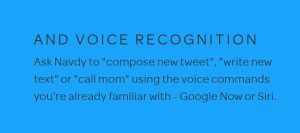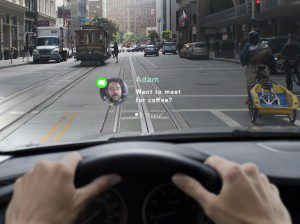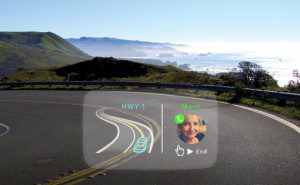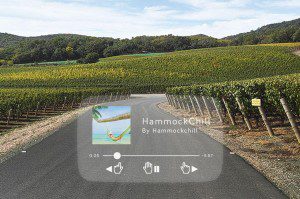
 First it was Google, proclaiming that allowing drivers to wear Google Glass would promote safety. Now San Francisco- based startup, Navdy, claims its Heads Up Display (HUD) would permit drivers to text and tweet safely while driving because the product projects images in the forward visual field of the driver so the driver does not need to look away from the road at his or her smartphone.
First it was Google, proclaiming that allowing drivers to wear Google Glass would promote safety. Now San Francisco- based startup, Navdy, claims its Heads Up Display (HUD) would permit drivers to text and tweet safely while driving because the product projects images in the forward visual field of the driver so the driver does not need to look away from the road at his or her smartphone.
Different products but similar dangerous assumptions. These manufacturers suggest that as long as our eyes are on the road it is perfectly fine to overload our brains with e-mails, texts, tweets and other information while we are driving. Unfortunately, the science is clear that we need to have our brains fully focused on driving to be safe and that even when we are looking at the road, adding secondary tasks to driving, like reading and sending texts and tweets using voice commands, overloads our brains and diminishes driving performance. Numerous studies have documented the phenomenon of “cognitive distraction,” as well as the lack of safety benefit for drivers in using voice to-text technologies. For a link to studies go to EndDD.org, Research & Statistics #5. The argument that using devices which do not require one’s vision to be taken away from the road is safer may be superficially appealing but is not backed by sound science.

In its promotional video on its website, Navdy claims that since airline pilots use HUDs when landing aircraft that its product is safe for drivers. In an article in InformationWeek , Thomas Claburn does a great job of pointing out the weakness of Navdy’s comparison of drivers to airline pilots. Claburn cited a 2007 study by BMW which indicated that using HUDs reduced peripheral vision and had negative effects on distance estimation and attention. He also cited a study by NASA in 2004 of HUD use in aircraft which concluded similar to the BMW study, that while there were potential benefits of HUDs for pilots, there were also disadvantages. I wonder what studies Google or Navdy commissioned before marketing their products as safe for drivers.

If it might make sense for highly trained airline pilots to use HUDs for landing how does that in any way justify the use of HUDs for motorists? Texting and tweeting while driving are dangerous and unnecessary. Taking these dangerous activities and suggesting that by making them less dangerous that they are safe is irresponsible. Navdy’s HUD is a bad idea, a potentially dangerous product and, similar to Google Glass, should not be permitted to be used by drivers.





